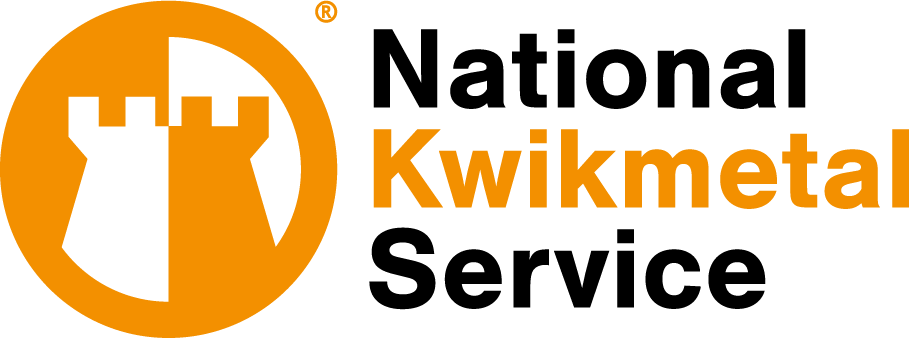
Type 316 Stainless Steel is an austenitic chromium nickel stainless steel containing molybdenum. This addition increases general corrosion resistance, improves resistance to pitting from chloride ion solutions, and provides increased strength at elevated temperatures. Properties are similar to those of Type 304 except that this alloy is somewhat stronger at elevated temperatures. Corrosion resistance is improved, particularly against sulfuric, hydrochloric, acetic, formic and tartaric acids; acid sulfates and alkaline chlorides. Type 316L Stainless Steel is an extra-low carbon version of Type 316 that minimizes harmful carbide precipitation in the heat affected zone during welding.
| Element | Type 316 | Type 316L |
| Carbon | 0.08 max. | 0.030 max. |
| Manganese | 2.00 max. | 2.00 max. |
| Sulfur | 0.030 max. | 0.030 max. |
| Phosphorus | 0.045 max. | 0.045 max. |
| Silicon | 0.75 max. | 0.75 max. |
| Chromium | 16.0 – 18.0 | 16.0 – 18.0 |
| Nickel | 10.00 – 14.00 | 10.00 – 14.00 |
| Molybdenum | 2.00 – 3.00 | 2.00 – 3.00 |
| Nitrogen | 0.10 max. | 0.10 max. |
| Type | Yield Strength 0.2% offset (KSI) | Tensile Strength (KSI) | % Elongation (2″ Gauge length) |
| 316 | 30 min. | 75 min. | 40 min. |
| 316L | 25 min. | 70 min. | 40 min. |
| Density (lb./ in^2) @ RT | 0.29 | |
| Modulus of Elasticity in Tension (psi x 10^6) | 28.0 | |
| Specific Heat (BTU/o F/lb.) | 32 to 212 F | 0.12 |
| Thermal Conductivity (BTU/hr/ft^2/ft) | 212 F | 9.4 |
| 932 F | 12.4 | |
| Mean Coefficient of Thermal Expansion (in. x 10^-6 per o F) | 32 to 212 F | 8.9 |
| 32 to 600 F | 9.0 | |
| 32 to 1,000 F | 9.7 | |
| 32 to 1,200 F | 10.3 | |
| Electrical Resistivity (micro ohms – cm) | at 70 F | 29.4 |
| Melting Point Range (F) | 2500 – 2550 |
Types 316 and 316L are non-hardenable by heat treatment. Annealing: Heat to 1900 – 2100°F then rapidly quench Forming: Types 316 and 316L can be readily formed and drawn.
These alloys are generally considered to have poorer weldability than Types 304 and 304L. A major difference is the higher nickel content for these alloys which requires slower arc welding speed and more care to avoid hot cracking. When filler is needed, AWS E/ER 316L and 16-8-2 are most often specified.
Types 316 and 316L Stainless Steels exhibit better corrosion resistance than Type 304. They provide excellent pitting resistance and good resistance to most chemicals involved in the paper, textile and photographic industries.
Download This Information
Phone: 847-257-6570
Phone: +52.811.6363844
Phone: 615-793-4700